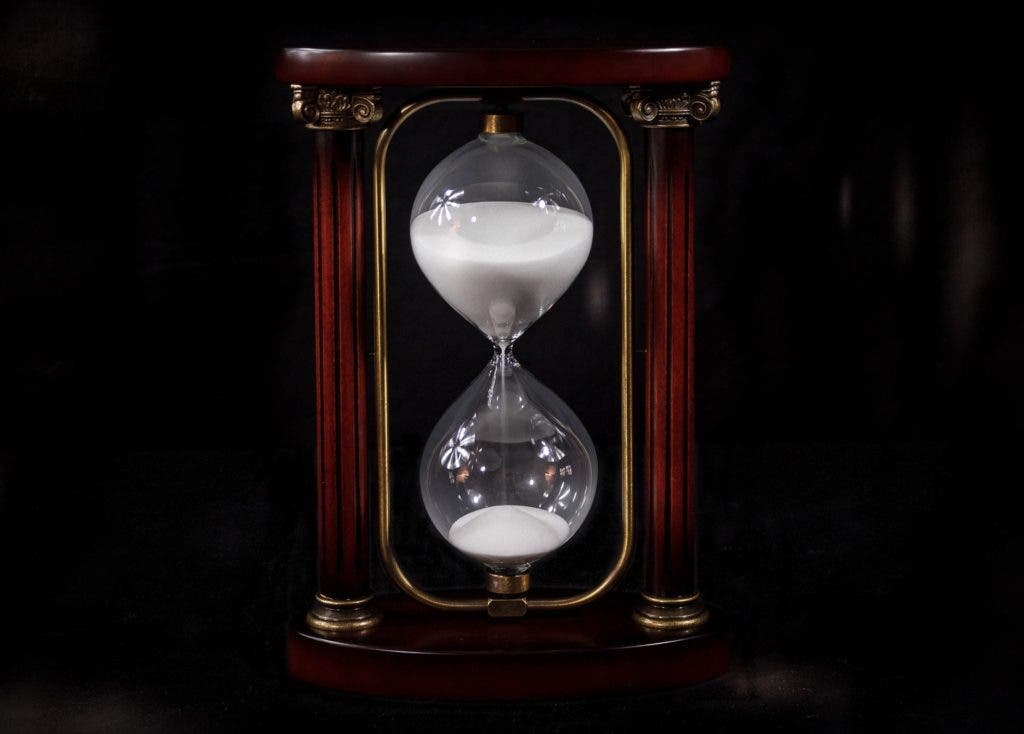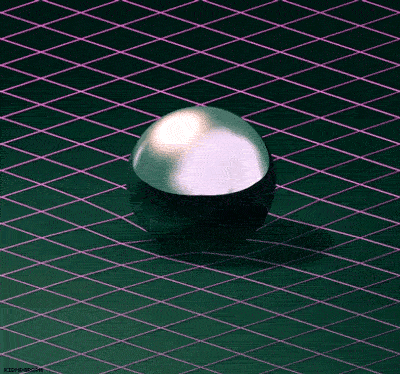The closer you are to a source of gravity, and the stronger that source of gravity, the slower you experience time relative to someone further away. This is a basic tenant of the theory of relativity, first postulated by Albert Einstein.
To illustrate time dilatation, famous physicist Richard Feynman would often tell his students during lectures that Earth’s core, which is a lot denser than its surface and hence exerts a stronger gravitational pull, is younger. That’s despite the whole planet, as a whole, clumped together some 4.5 billion years ago.
Feynman used to say, probably out the back of his end, that the core is a few days younger. The physicist was so influential and right most of the time that everyone just ate that cookie whole. To this day, you can find his statement reproduced across classrooms all over the world and even in textbooks.
Well, someone actually crunched the numbers and found Feynman was off — by two and a half years. That’s not to say that we should be too harsh on Feynman — we’re all to blame. Even Ulrik Uggerhøj from Aarhus University in Denmark, the physicist who calculated the ‘aging’ effect of the Earth’s core, confesses he cited Feynman’s “couple of days younger” in his papers. He later realized no one actually confirmed the statement. It was like a myth, and he took it upon himself to bust it.
The calculations he published are “accessible at the undergraduate level and can be used for educational purposes, as an example in the classroom,” Uggerhøj wrote.
E = mc2
Before Einstein, everyone thought that time was a river that flowed at the same rate from everyone’s perspective. If I had a watch and you had the same watch, each would tick at the same rate no matter where you are or how fast you travel. Also, there is no limit to how fast anything can travel. Or so we thought.
Post-Einstein, we now know that the laws of physics are the same in all “inertial frames of reference” and that nothing can travel faster than light. Moreover, light always travels at a constant speed, often denoted by the letter ‘c’.
Time dilatation enters the picture when an object is moving faster than another object. Say I’m on a train and you’re on the platform; as the train’s velocity approaches the speed of light, from your point of view you will notice that time is running slower and slower inside the train. You would see me moving slow-motion, for instance. From my point of view, I would see people moving on the platform very, very fast, but the people inside the train with me are all acting normal.
This is what Einstein called Special Relativity, and he later showed that the same effect applies when gravity is involved — in systems with acceleration (Special Relativity only deals with uniform speeds). The Theory of Relativity says that time and space are not separate and instead form an interwoven continuum called spacetime.
The more massive an object is, the more it distorts the spacetime fabric causing time to pass more slowly in the vicinity of the gravitational pull. In our case, time at the Earth’s core has been lagging by 0.0000000003 of a second. That seems negligible but not if you factor in the age of the Earth, which is 4.5 billion years. This is how the scientists eventually got to 2.5 years. Strikingly, the sun’s core is 40,000 years younger than its surface.
Note: We know Feynman said the ‘earth’s core is a couple days younger’ from transcripts of his lectures. It’s possible he was actually right, saying ‘years’ only to be transcribed in ‘days’ by a typist who didn’t think too much of it.











